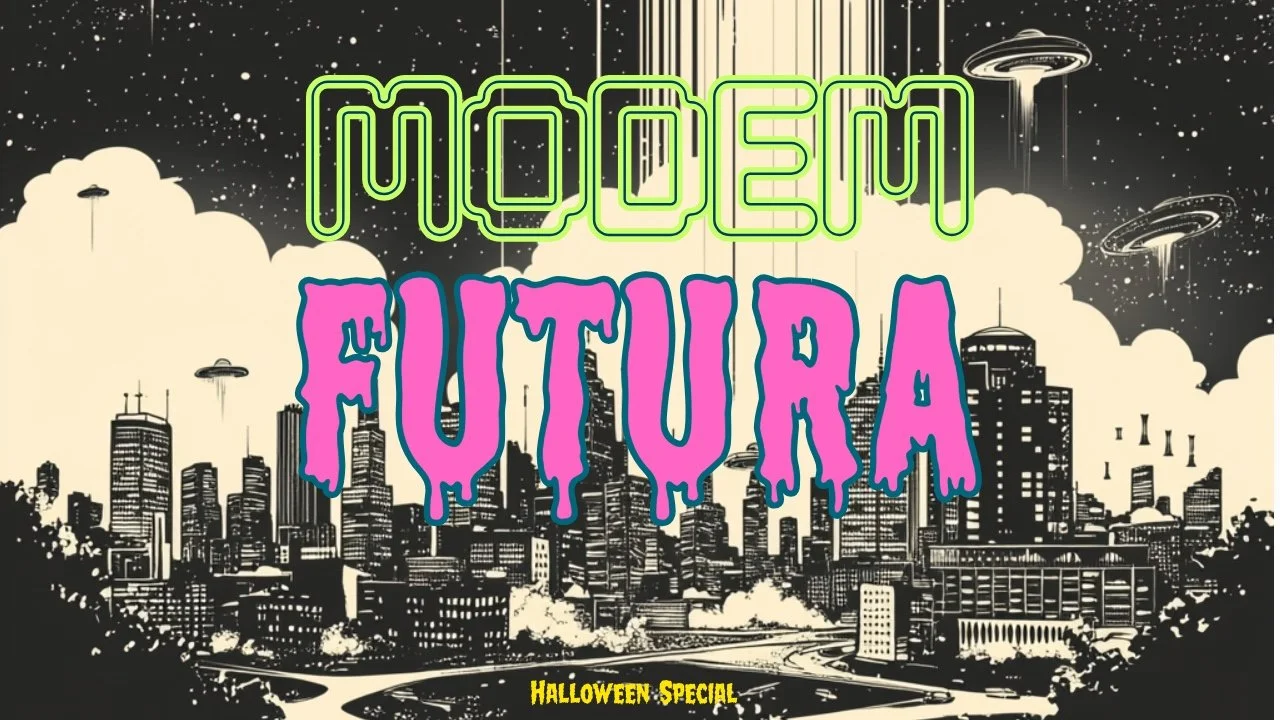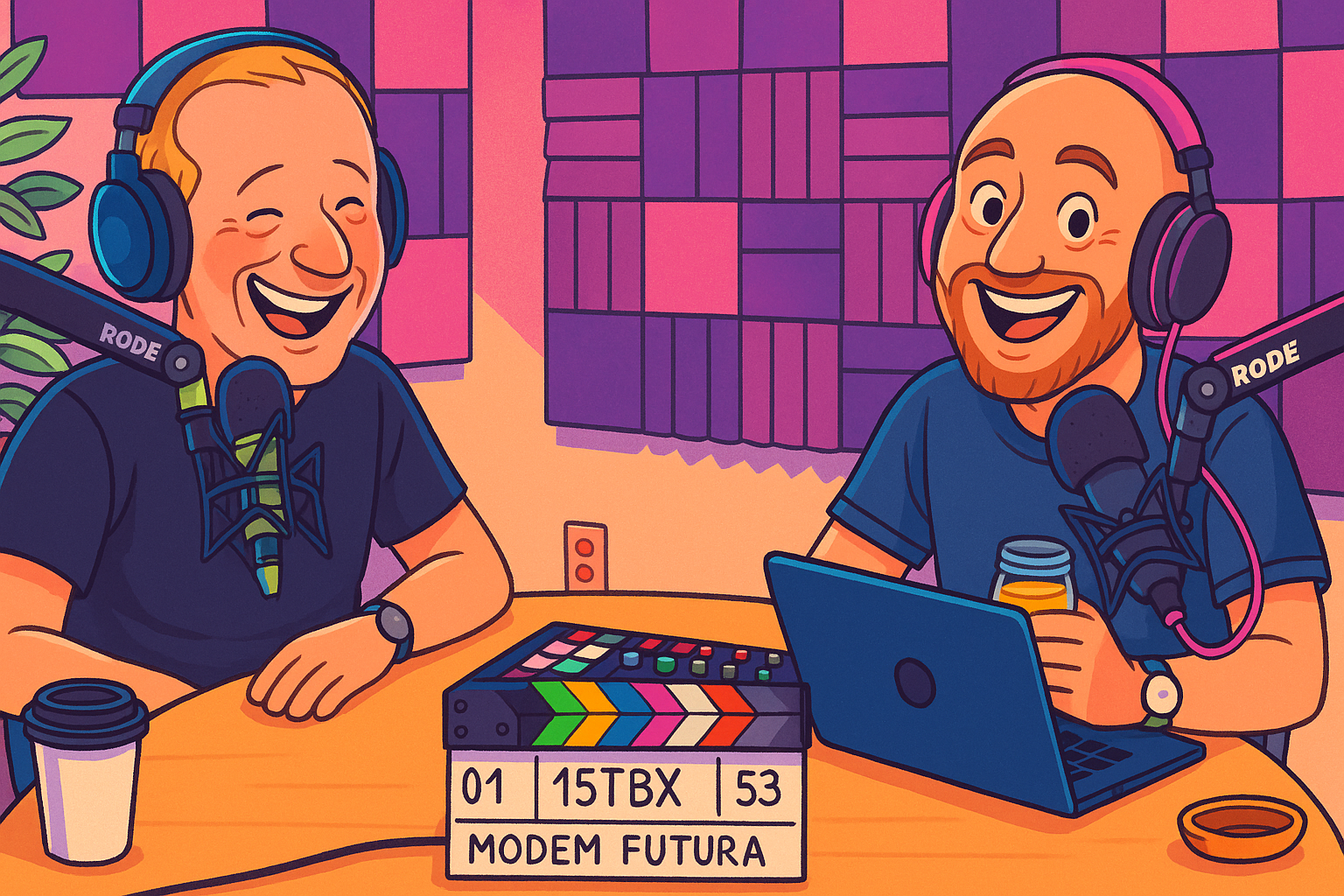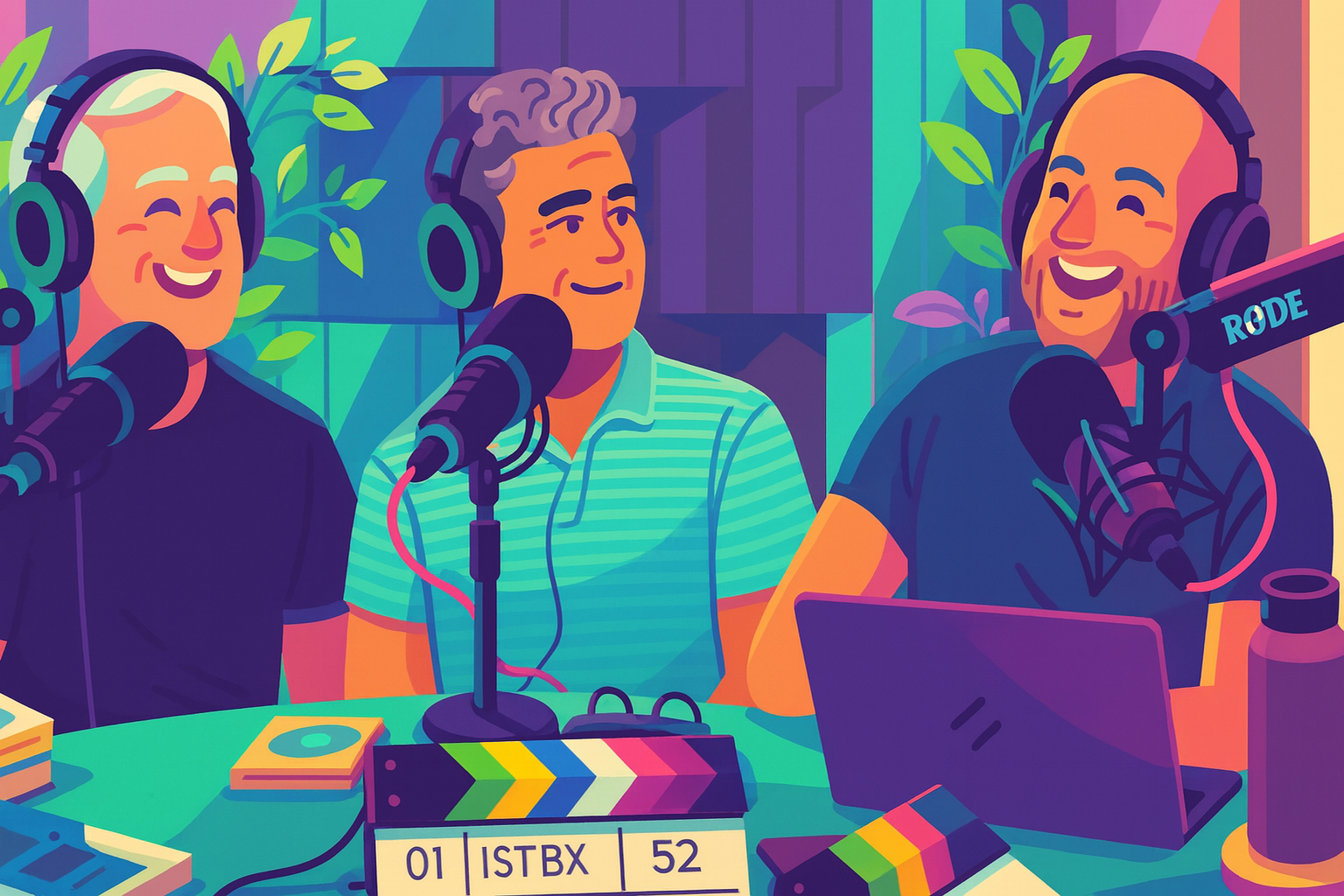AI, Sustainability, and the Planet Under Pressure: Can Technology Help Us Navigate the Future?
In this week’s episode of Modem Futura, Andrew and I take on one of the most urgent and complex questions of our time:Can artificial intelligence meaningfully help humanity navigate planetary crises — without deepening them?
Our jumping-off point is the newly released 2025 synthesis report AI for a Planet Under Pressure, produced by the Stockholm Resilience Centre and the Potsdam Institute for Climate Impact Research. The report asks a deceptively simple but high-stakes question: Can AI be used responsibly and effectively to address climate change, biodiversity loss, freshwater stress, and other accelerating environmental pressures?
It’s the kind of question that seems tailor-made for futures thinking — a toolset we rely on heavily throughout the show. Because as we discuss, we’re not just talking about one technology or one problem. We’re talking about wicked problems: challenges that mutate as we try to solve them. Climate change, plastics pollution, ecosystem collapse, global energy transitions — these are dynamic, interconnected systems that resist silver-bullet solutions.
AI shows real promise. We now have models that can detect complex patterns in climate systems, accelerate protein discovery, optimize renewable-energy grids, and reveal future pathways humans simply cannot see on their own. These are powerful breakthroughs — and the report highlights dozens of examples where AI is already pushing sustainability science forward in meaningful ways.
But as we explore in the episode, this promise raises a difficult paradox: AI requires enormous amounts of water, energy, and material resources. Data centers heat cities, strain local water supplies, and demand extractive mineral supply chains. Are we burning fossil fuels to solve the fossil-fuel crisis? And what does it mean when our sustainability solutions come with unsustainable footprints?
We also dig into the human side: the behaviors, incentives, and limitations that so often undermine long-term environmental action. Could AI help foster better cooperation? Could it assist governments, regions, and communities in seeing shared pathways forward that remain invisible today? Or does outsourcing too much responsibility risk numbing the very agency we need most?
These aren’t easy questions — but they’re necessary ones. And as Andrew points out, failing to have these conversations guarantees that someone else (or something else) will make those decisions for us.
If you’re curious about the intersection of AI, planetary futures, and the human condition, this is a conversation worth spending time with.
🎧 Listen to the full episode here 👇
Subscribe and Connect!
Subscribe to Modem Futura wherever you get your podcasts and connect with us on LinkedIn. Drop a comment, pose a question, or challenge an idea—because the future isn’t something we watch happen, it’s something we build together. The medium may still be the massage, but we all have a hand in shaping how it touches tomorrow.
🎧 Apple Podcast: https://apple.co/43Y4Wwn
🎧 Spotify: https://open.spotify.com/episode/195UbUOIUv8oF587yNo1FM?si=d6d7cd6b05034703
📺 YouTube: https://youtu.be/O8gGpJZO-g4
🌐 Website: https://www.modemfutura.com/











